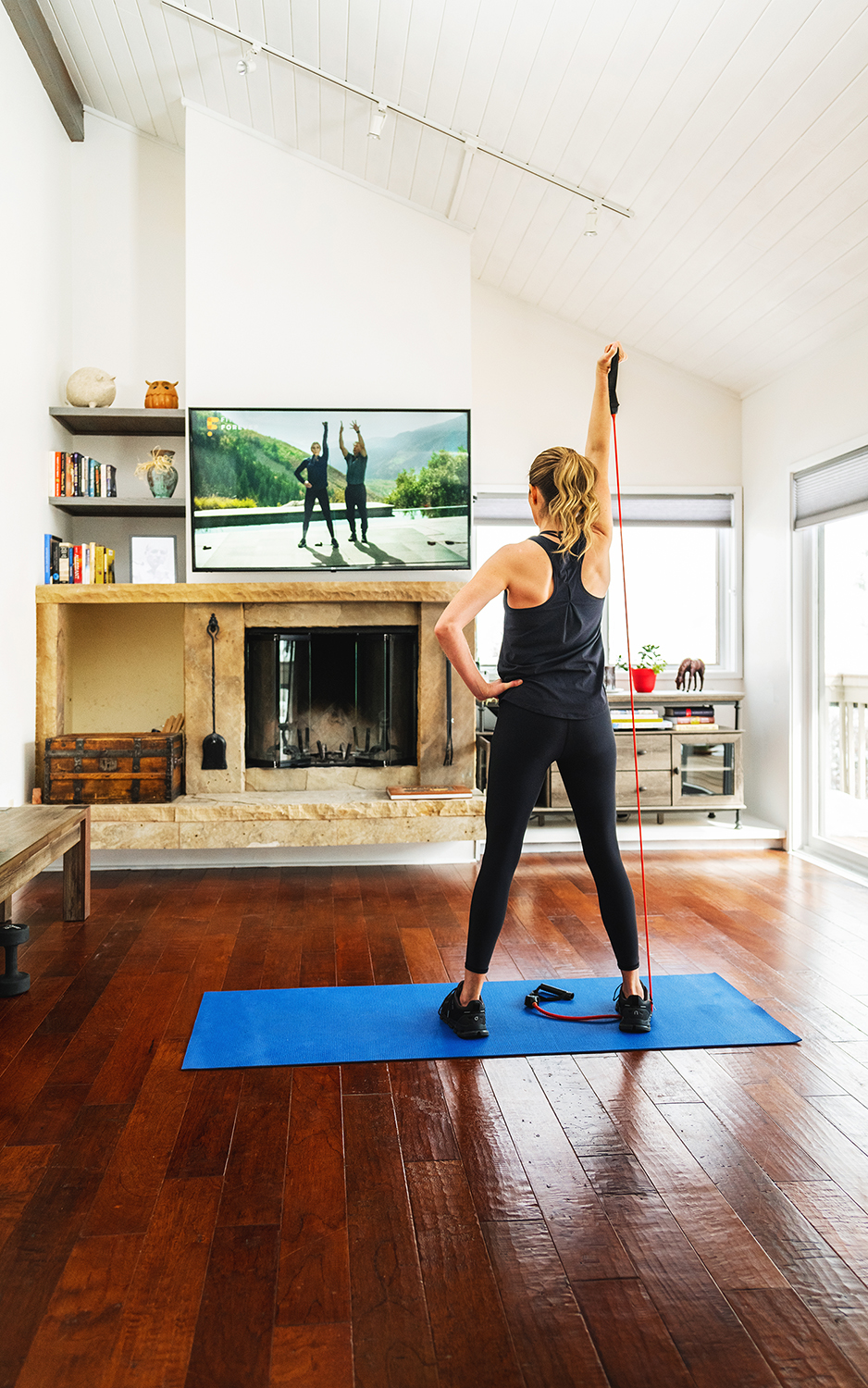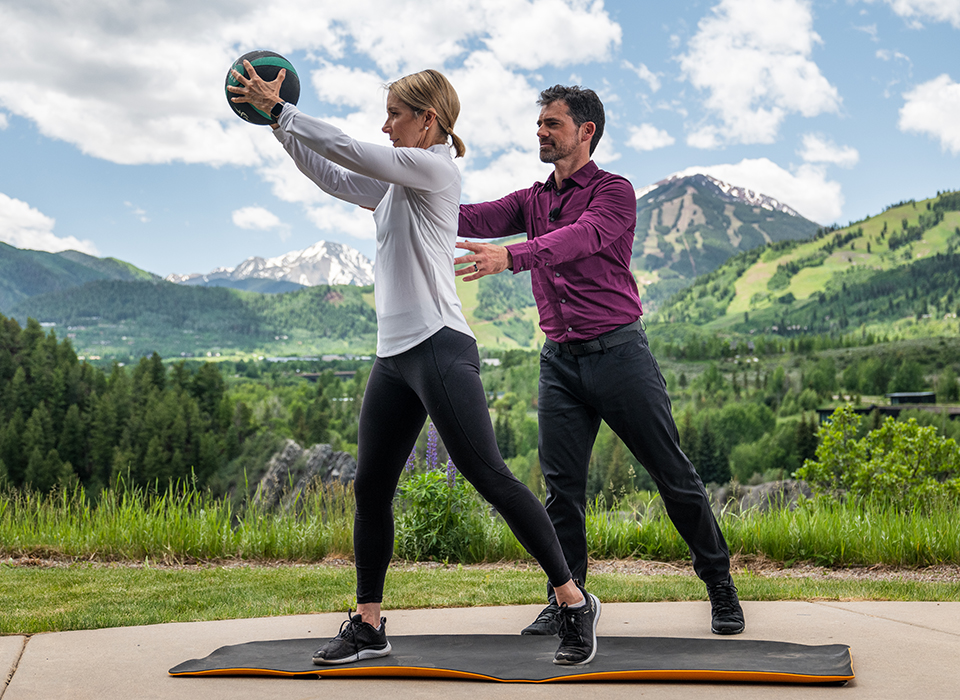
We know we should. We feel ashamed and guilty when we don’t. We notice the external signs of an out-of-shape body — abs in absentia, thighs as dimpled as loaves of Wonder Bread, buttocks that are pendulous instead of perky, and jiggling “Hi, Betty” upper arm, rather than defined triceps. Training your brain to commit to bone and joint health through exercise is often an arduous task all by itself.
This relentless assault on personal vanity can propel us into adopting an exercise routine, and that’s fine.
But while exterior maintenance is important, it’s not the main reason why we exercise. Think of your house: a new paint job and some fresh sod aren’t going to do the trick if there’s dry rot in the cellar, and the electrical and plumbing are failing.

Here are some scary stats: Some 25 percent of the U.S. population reports zero leisure-time physical activity, and as many as
3.2 million deaths per year in the United States can be attributed to the lack of regular physical activity. It’s the fourth leading risk factor for deaths around the world.
The science is in: To maintain and improve cognitive, psychological, and physical health, regular exercise is a prerequisite, not an optional upgrade. In the series to follow, we’ll look at what it takes to be the best you can be, and how training your brain to commit to bone and joint health through exercise is crucial to your development.
Bones and joints
What happens if you do: You maintain bone mass, supporting joint function and flexibility
What happens if you don’t: You set yourself up for joint pain and/or osteoporosis
Bone health is largely dependent on regular exercise, because bone is living tissue that responds to exercise by becoming stronger.
Building bone early in life is crucial for maintaining structural integrity later, because bone mass peaks between 30 and 40, and sadly, it’s downhill after that.
But: Regular exercise–specifically weight-bearing and strength-training exercises–the kind that requires you to support your own body weight against gravity–can help prevent bone loss. Although exercise routines such as swimming and cycling strengthen the heart and lungs, they won’t prevent fragile bones, because they’re not weight-bearing. Ditto for all those seated yoga poses. (Sorry, water rats, weekend road warriors, and yogis.)
A lot of people have told me that they can’t safely exercise, because they’ve got “really bad arthritis.” FYI, exercise is recommended in worldwide studies as the best treatment for painful joints, and it doesn’t take long to see results. In a study of 10,000 people with knee osteoarthritis, those who exercised twice a week for six weeks experienced a 25% reduction in pain, on average. It’s common for individuals who adopt an exercise program for six months to avoid joint surgery, which means that they also avoid the risks, and extended rehab period that such procedures inevitably involve.
It’s smart to have any chronic musculoskeletal problem evaluated by a physician. But before you opt for steroid injections, painkillers, or joint replacement, be aware that studies around the world demonstrate that sensible exercise provides pain relief similar to that of NSAIDs and twice that of acetaminophen.
Interested in video tutorials and at-home workouts? Start your no-hassle, no-string free trial today! FitForever experts will share exercises, knowledge, and proper techniques daily.





